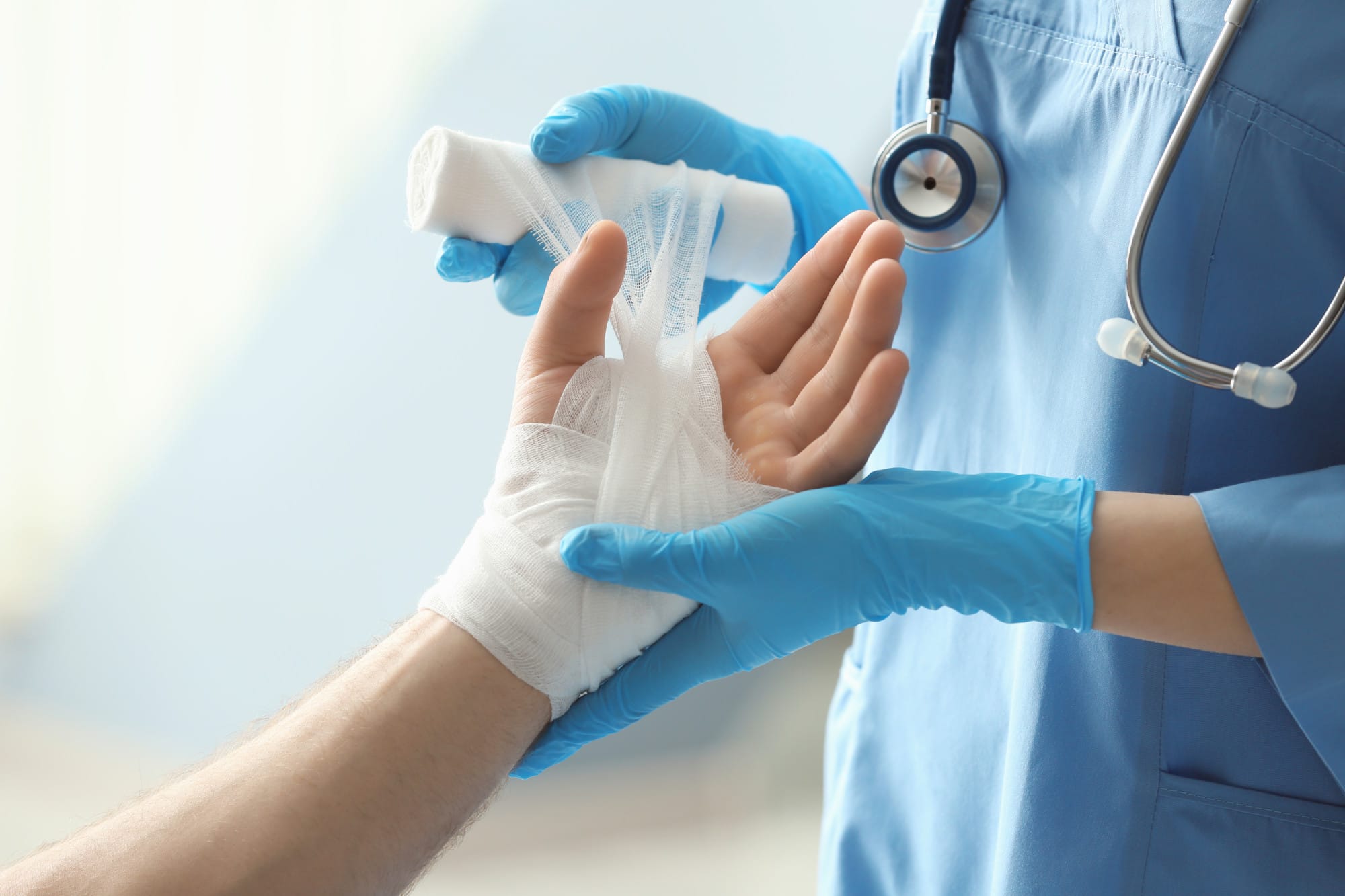

Because they usually result from chemicals or fire burns, there can be permanent scars on the skin, says Dr.
#3rd degree burn skin#
If your sunburn is accompanied by a fever or nausea, you may also have sun poisoning, and should load up on fluids in addition to checking in with a doctor. Third-Degree Burns (Full Thickness) Third-degree and more severe burns, sometimes referred to as full-thickness burns, damage both layers of skin and can go into the underlying tissue. It may take a few hours after long-term sun exposure for the burn to get pink or red and painful, depending on the severity. A second-degree sunburn also affects the epidermis, and will have blistering, even layers of blisters, redness, and peeling sheets of skin.First-degree sunburns involve redness, and maybe a slight peeling of the top layer of the skin, or the epidermis, she says.Here's a little more info about each one: The classification of the burn depends on the layers of the skin that are affected, says Dr. What's the difference between a first-degree, second-degree, and third-degree burn? Again, you probably won't ever get a burn like this from the sun. Full-thickness burns (third-degree burns): This damages the first and second skin layers, as well as the underlying tissue.

“It may take as long as three to four weeks, even with good healing and no infection, for a third-degree burn to become well again,” says Dr. The healing process isn’t a quick one either. Third degree burns require surgery to remove the dead skin, and then skin grafting, a transfer of skin from other places on the body. If you suspect you have a third-degree burn, or even a second-degree burn, you’ll need to visit the emergency room immediately-it’s not something to put off.
#3rd degree burn how to#
Here, dermatologists break down the different levels of burns, at-home treatments you can use for relief, and how to prevent them from happening in the first place. While it’s most common to get a first-degree sunburn on a typical beach day, it's possible to get second- and third-degree burns from the sun as well (though more rare). “Excessive UV energy from sunlight can cause permanent skin damage,” says Dr. In these burns the epidermis and dermis tissue is destroyed. But, if you’re not careful enough and overexpose yourself to the sun, your skin will burn, potentially causing long-term damage. Third Degree Burns are deep burns that destroy the outer and inner skin protections. They almost never cause full-thickness (third-degree) burns, but they do blister quickly. The woman involved was carrying a pot of boiling water and lost her grip on one handle. It gives your body Vitamin D that's especially good for bone health, says James Beckman, MD, board-certified plastic surgeon and adjunct associate clinical professor in the dermatology department at Arkansas Medical School. This second-degree burn was caused by scalding with hot water. If you've ever had a reallly bad sunburn (you know, the I-look-like-a-lobster kind that makes you so uncomfortable, you can't even sleep), you may have wondered what kind of damage that does to your skin long-term.įirst things first: Not all sun exposure is a bad thing. Healing time: Healing time is about 36 days the superficial skin layer over the burn may peel off in 1 or 2 days.


 0 kommentar(er)
0 kommentar(er)
